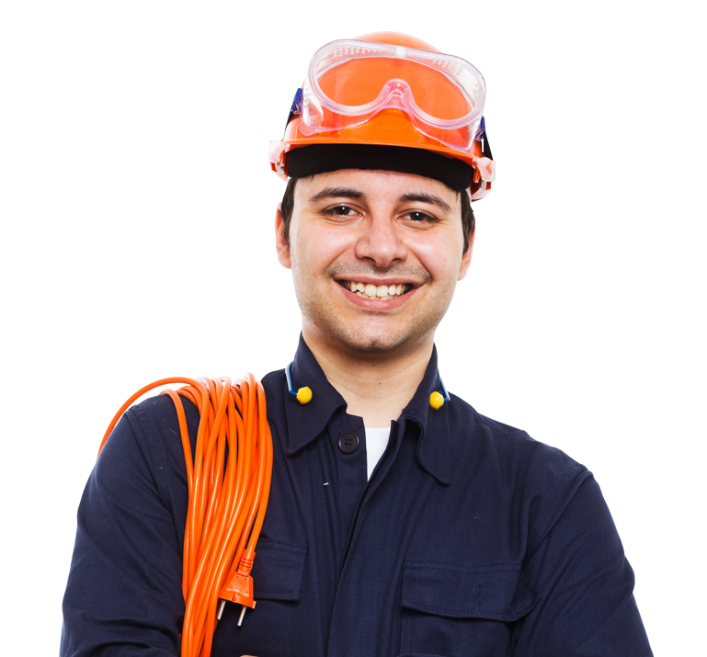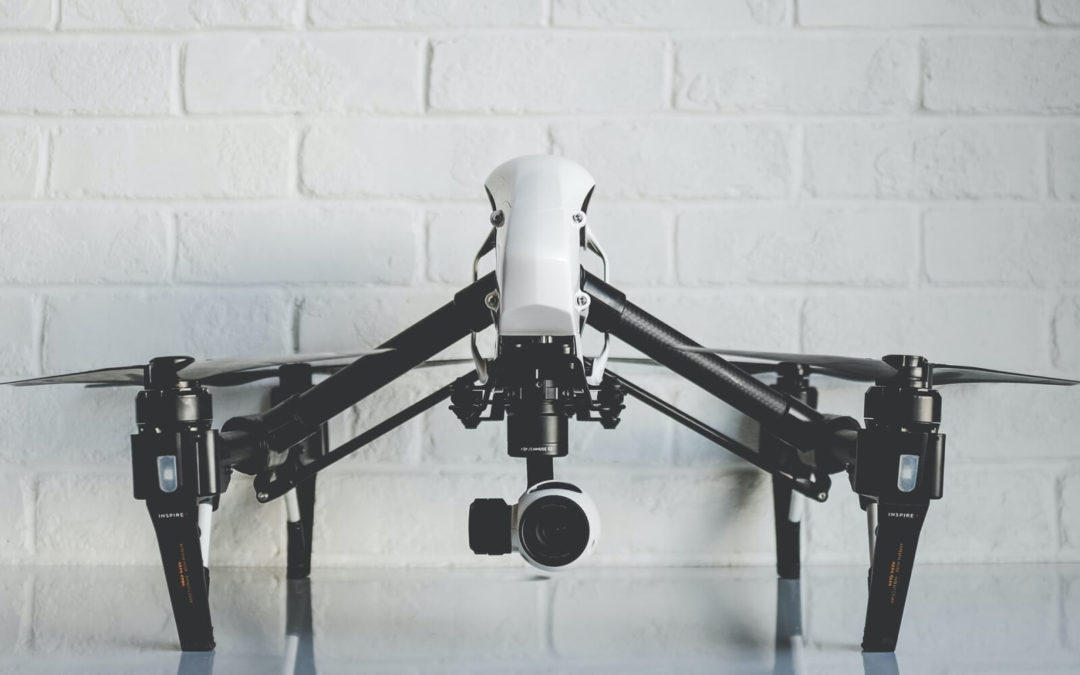Safety programs and procedures are not just another necessary cost of doing business. Safe practices ultimately increase efficiency, quality of work, and employee morale. Technological advances are constantly providing new ways to keep employees safe on the job. Made possible by the interconnectivity of modern devices (the “Internet of Things”), the application of these new products is seemingly endless.
The Internet of Things (IoT)
The Internet of Things (IoT) refers to a network of interconnected devices equipped with sensors and software enabling them to collect and exchange data. Together, these devices have the ability to transfer data over a network without requiring human-to-human or human-to-computer interaction.
With its roots in the world of manufacturing and smart factories, IoT now has applications across nearly every industry. According to a 2019 study, 70% of businesses surveyed have IoT projects either live or in development. Of the industrial manufacturers surveyed, 71% said they’re building or testing IoT-related solutions in both active and in-development projects. While difficult to conceptualize, IoT is what brings various pieces of technology together and allows them to complete complicated tasks otherwise not possible for a single device. Here are a few ways IoT devices are being used to improve safety.
Smartphone Applications
Certain smartphone applications may be connected to larger physical security systems. Specially developed smartphone apps join a larger network of cameras, alarms, fraud prevention, and entrance monitoring, allowing an organization to handle all security, safety, and logistics needs from a centralized system.
A smartphone can further be used as a personal safety device by alerting employees of workplace incidents or potential hazards. A smartphone can also make emergency calls on its own if a worker is immobile.
Smart Wearables
Wearable devices (bracelets, rings, glasses, shoes, watches, belts, vests, etc.) are used to increase job site safety. Equipped with various sensors, these devices monitor location and movement, even detecting potential fall hazards and proximity to other workers. Other sensors measure the wearer’s biometrics and detect environmental hazards (chemicals, gas, or radiation). When combined with the larger network of smart devices, the applications for wearables are practically endless. Here are some examples of how they are being put to use.
Protective Equipment
Traditional personal protective equipment (goggles, gloves, masks, reflective vests, steel-toed boots) won’t be going away, but they may be complemented with IoT wearable technology. A few companies have developed “smart vests” to detect everything from excessive heat and noise to gas leaks and radiation. Other vest features include GPS, hands-free radio, and proximity sensors to help workers follow any social distancing requirements in place.
These sensors are designed to work with other IoT devices and react much faster than humans to avoid accidents. For example, sensors in a smart vest can alert nearby machinery to a worker’s presence. A hi-lo operator in a busy warehouse may not be aware of a co-worker approaching from behind or from around a corner, but the vehicle’s sensors detect the employee’s proximity and automatically stops or slows to avoid a collision.
Safety Standards
Other wearables include augmented reality safety glasses. The wearer receives real-time feedback on adhering to policies and safe working practices. A worker may also access a visual reference to help them complete a complicated procedure, review checklist items, or call for additional support. Technicians may speed up repairs by scanning a machine’s QR code and quickly accessing operation manuals or other material.
Security
When connected to larger security systems—biometrics, image recognition, environmental sensors—organizations are able to better control physical access to sensitive equipment and key assets. For example, IoT solutions with facial recognition help eliminate “badge swapping” which puts unauthorized workers in a supply room or uncertified operators at the controls of a machine. Of the manufacturers surveyed, 39% have improved security with IoT, and 44% expect to do so within the next two years.
Drones
Drones may be used to access dangerous areas where human workers could be at risk. Equipped with complex cameras, a drone can enter a hazardous area and send back data needed to correct the problem. Drones may also diagnose malfunctioning machinery and access small areas where it may be difficult for a worker to reach. They are even used to speed up repairs by quickly delivering small parts and supplies.
Industrial Robots
Large-scale industrial robots are used to increase production and efficiency. In 2019, there were 84 robots for every 10,000 industrial workers. Until recently, industrial robots could only operate in specific enclosures to avoid potentially harming human co-workers. Now, additional sensors and artificial intelligence give these robots greater spatial awareness of objects around them. When these sensors detect a human co-worker, the machine automatically slows down to avoid the risk of injury.
Industrial robots working among human employees (like the ones in Amazon’s sorting facilities) are now a viable option for companies looking to increase the quality and speed of production while reducing errors and protecting employees.
Build a Safer Workforce with NBS
A safe workplace is the foundation of a productive and efficient workforce. While technology is constantly making our workplaces safer, we believe the key to building a truly safe and efficient workforce is to ensure every worker has the correct skills and knowledge for their position. Nocti Business Solutions’ pre-employment tests and skills assessments accurately measure each worker’s abilities and give actionable insights into hiring and training decisions. Take a free sample assessment to see if NBS is the right fit for your organization.
Try a sample assessment today!
Accurately determine the most qualified candidates and build a dynamic and successful workforce.


Recent Comments